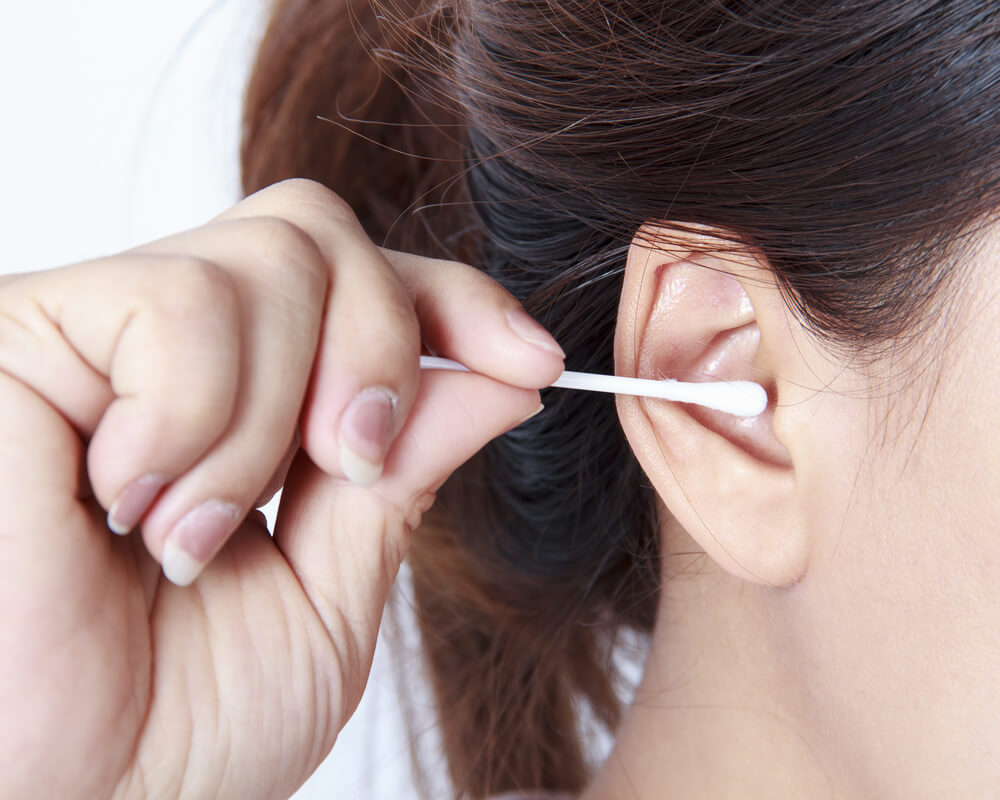Do It Yourself Methods of Ear Wax Removal
How Do It Yourself Methods work and safety measures
Cotton buds
AKA ear buds, these are a definite NO NO!

They only serve to push whatever is in your ear further down and possibly onto the ear drum, which, at best, makes an ear wax situation worse, and, at worst, could lead to an ear drum perforation and permanent hearing loss.
It is undoubtedly satisfying to poke around your own ear with a cotton bud, but it serves no other useful purpose and should be avoided at all costs!
Olive oil
This treatment has been recommended by GPs, nurses, clinicians, audiologist and pharmacists for decades. The ideas is to use a small amount of olive oil to soften and loosen hard wax so that it falls out of its own accord. It is often recommended as a pre-treatment prior to a syringing or irrigation procedure.
Often people ignore the one or two drop advice, however, or it is difficult to administer, and too much oil ends up in the ear and gets blocked by the wax causing temporary hearing loss.
It is also a messy procedure, as many olive oil-stained pillows, sofas and items of clothing can attest to!
Almond oil
Almond oil is sometimes advised in the case of very dry skin in the ear, where the skin flakes off and traps the wax in the ear canal, which can be a very annoying problem. The Almond oil can be effective in such cases because it helps to restore the ear’s natural PH level, thus enabling the skin to return to normal.
You should apply almond oil only sparingly however, and not at all if you are in doubt or if there is any chance whatsoever that you have a nut allergy.
Sodium bicarbonate drops
Sodium bicarbonate ear drops are used to soften dry and hardened earwax. This often reduces the need for the wax to be physically removed, and also makes ear irrigation easier when removal is necessary.
With prolonged use, however, sodium bicarbonate causes irritation, and if the the wax is hard or impacted then these drops can sometimes help to relieve the pain, but could also block the ear if too much is applied.
Saline solution and ear pump
This is a common home remedy which involves forcing salt water into the ear with a handheld spray bottle. This can irrigate the wax out of the ear, but more often only pushes it further down the canal and onto the ear drum.
The ear pump works to the same principle, but it sucks up untreated water which is then squeezed into the ear at a high pressure. This kind of irrigation is problematic in even in the hands of a trained nurse, so performing it yourself or asking a family member to administer the treatment at home is ill advised, and more likely to result in water getting stuck in your ear (and causing an infection) than in relief from your ear wax condition.
Hot needle
In India, on the roadside, this is normal practice. A flame supposedly sterilizes the needle and warms it up. This is then pressed into the ear wax and as it cools down, with a quick hooking motion the wax is then popped out of the ears.
However, there are other, much better, and much safer choices to be made.
Hair grip
A rudimentary solution that, if you are extremely lucky, will hook the ear wax out.
However, sticking a sharp, dirty metal object into your ear is more likely to result in infection or damage to the canal wall, or, in the event of a slip or a push, a perforated ear drum.
Please don’t.
Car keys
It happens.
But it really, really shouldn’t.
Similar ear wax removal methods and treatments
Microsuction Hopi Ear Candles Ear Syringing Ear Irrigation Mimikaki Wax Removal